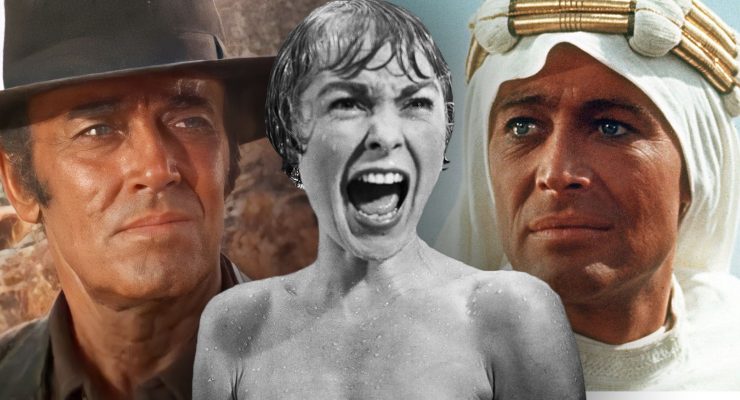Ricky Church reviews Star Wars: Aftermath by Chuck Wendig…
In the lead up to Star Wars: The Force Awakens, Chuck Wendig’s Star Wars: Aftermath is the first piece of new story canon to take place post-Return of the Jedi. Taking place approximately six months after the destruction of the second Death Star and the deaths of Emperor Palpatine, Darth Vader and much of the Empire’s admiralty, the Galactic Empire is in shambles and the Rebel Alliance has slowly morphed into the New Republic.
Captain Wedge Antilles is on a scouting mission on a planet in the Outer Rim when he discovers a secret meeting with high-level Imperials dedicated to rebuilding the Empire. Captured, he is at least able to send out a distress call, setting a course of events for a small, unlikely band of people to rescue him and further weaken the Empire’s strength.
Most of the characters are entirely new ones Wendig created. Each one is nuanced and complex, with differing motivations and characteristics. The contradictions in the nature of the characters were why they stood out so much. For instance Norra Wexley, the main character, is a confident and brave woman who fought for the Rebellion, but one who harbours guilt for leaving her family, even if it was to fight the biggest threat the galaxy had ever seen. Unlike other characters in the Star Wars universe as well, Norra was deeply shell shocked from her battles against the Empire, suffering from recurring nightmares and a small case of PTSD. This kind of subject matter has never been addressed so directly in Star Wars cannon that we’re so used to seeing the heroes easily push aside any fear or trauma they could have.
Similarly, another character who stood out because of his complexities was Sinjir Valus, an Imperial deserter who became disillusioned with the Empire’s values. Sinjir often stood out above the rest of the cast due to his self-loathing and cynical point of view. His character arc was fascinating to read as he viewed himself as a complete outsider, being neither Imperial nor Rebel and dealt with some of the terrible things he had to do. While a couple characters could have used a little more development, particularly Norra’s teenage son Temmin, Wendig gave the characters of Aftermath fresh voices and perspectives.
The writing style Wendig utilizes in Aftermath is interesting and took a little bit of time to get used to. He writes in third person, but in the present tense. Often at the beginning of his chapters you don’t know whose character perspective it is right away, but overall that’s not a problem. Wendig gives the world of Akiva and its inhabitants a very detailed look as well. One of the most notable aspects about Aftermath, however, is Wendig’s use of interludes between every few chapters, offering a wider look at the state of the galaxy in the wake of the Empire’s defeat. Not only did the interludes give a nice break from the main story, but they were often fascinating insights into what was going on around the galaxy, whether they were through the eyes of a farmer, a child or one of the Rebellion’s big leaders.
A major highlight of Wendig’s writing is his depiction of the various Imperial officers as they struggle to determine a new course of action. Much like the main set of characters, each Imperial is given a distinct voice and opinion on what should be done with the Empire’s remnants. Admiral Rae Sloane, one of the few characters Wendig did not create himself, gets the most time out of all the Imperials and is a very appealing antagonist. It was often these sections of the story that gave the most hints of what is to come in The Force Awakens as well, though still vague enough that nothing was outright given away or even verified any of the numerous fan theories.
Wendig’s writing style suits the pacing of the story as well. Aftermath has a slow burn to get you introduced to the characters, the planet Akiva and the state of both the Empire and Rebellion. After the slow burn the story is fast paced and fires on all cylinders. Coupled with the very engaging character development, Aftermath becomes a very hard book to out down.
Any one who is a Star Wars fan and enjoys reading a story with nuanced characters filled with complexities should do themselves a favour and pick up Wendig’s book. Star Wars: Aftermath is a very engaging and fun read that does a very good job of drawing the reader in and satiating the desire for more Star Wars in the home stretch to the new film. If Aftermath is anything to go by, fans old and new alike only have good things to look forward to.
Ricky Church
https://www.youtube.com/watch?list=PL18yMRIfoszEaHYNDTy5C-cH9Oa2gN5ng&v=1lFgQ9GjirU











